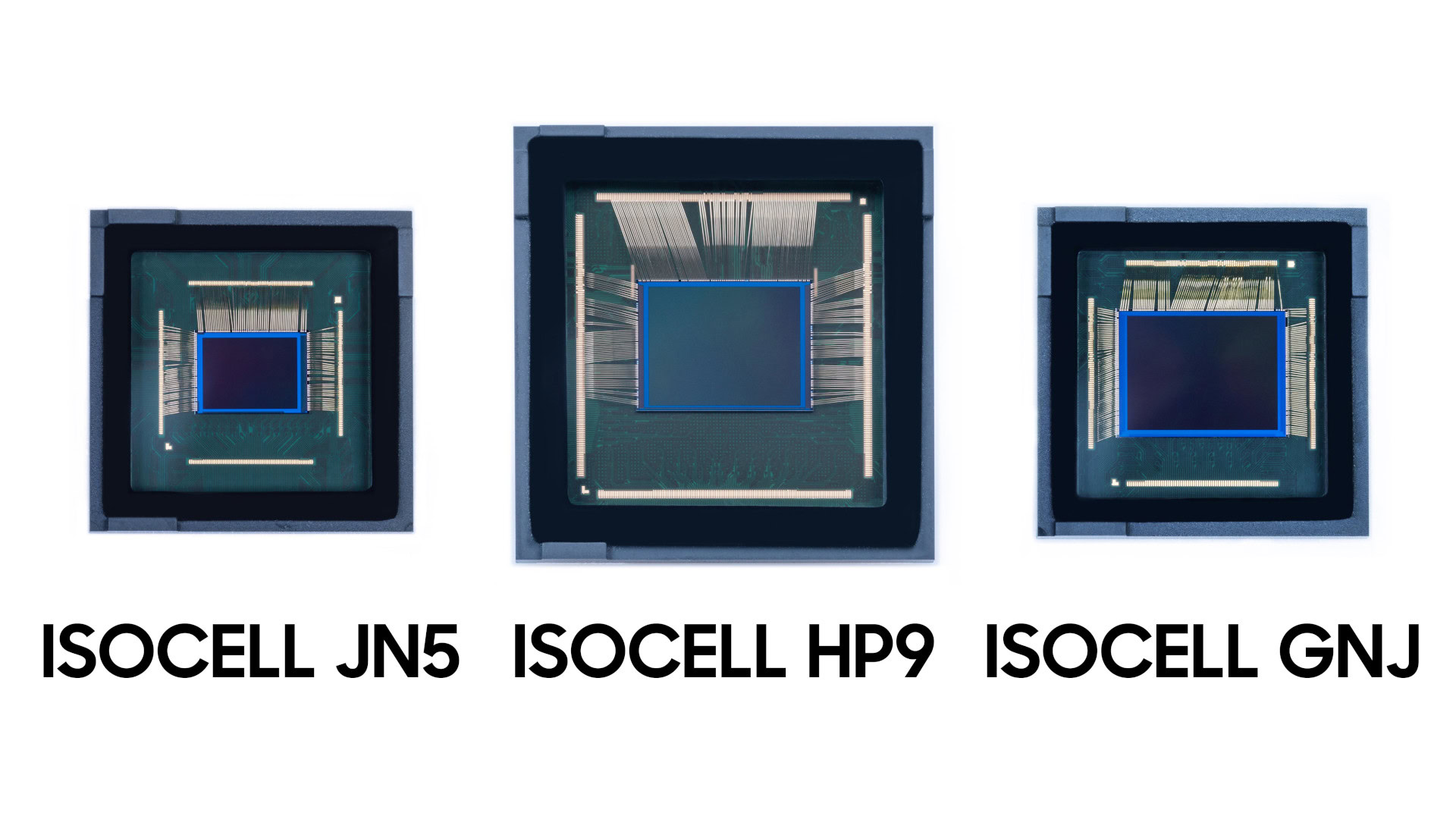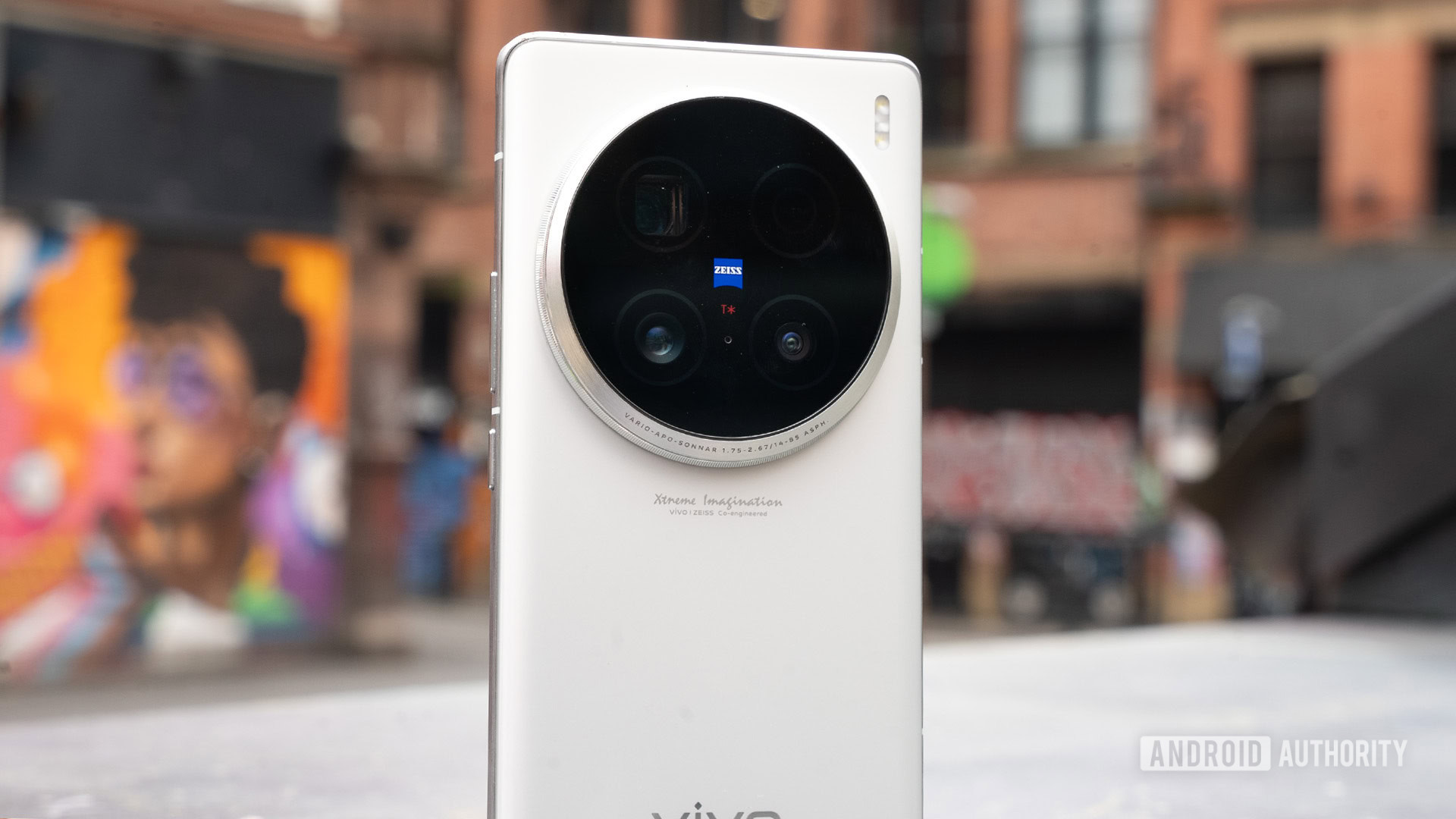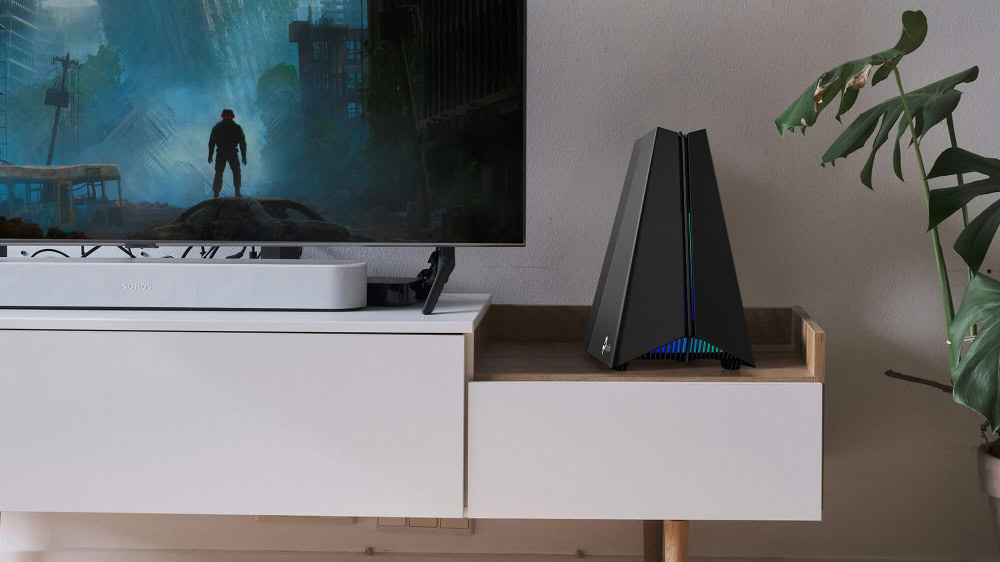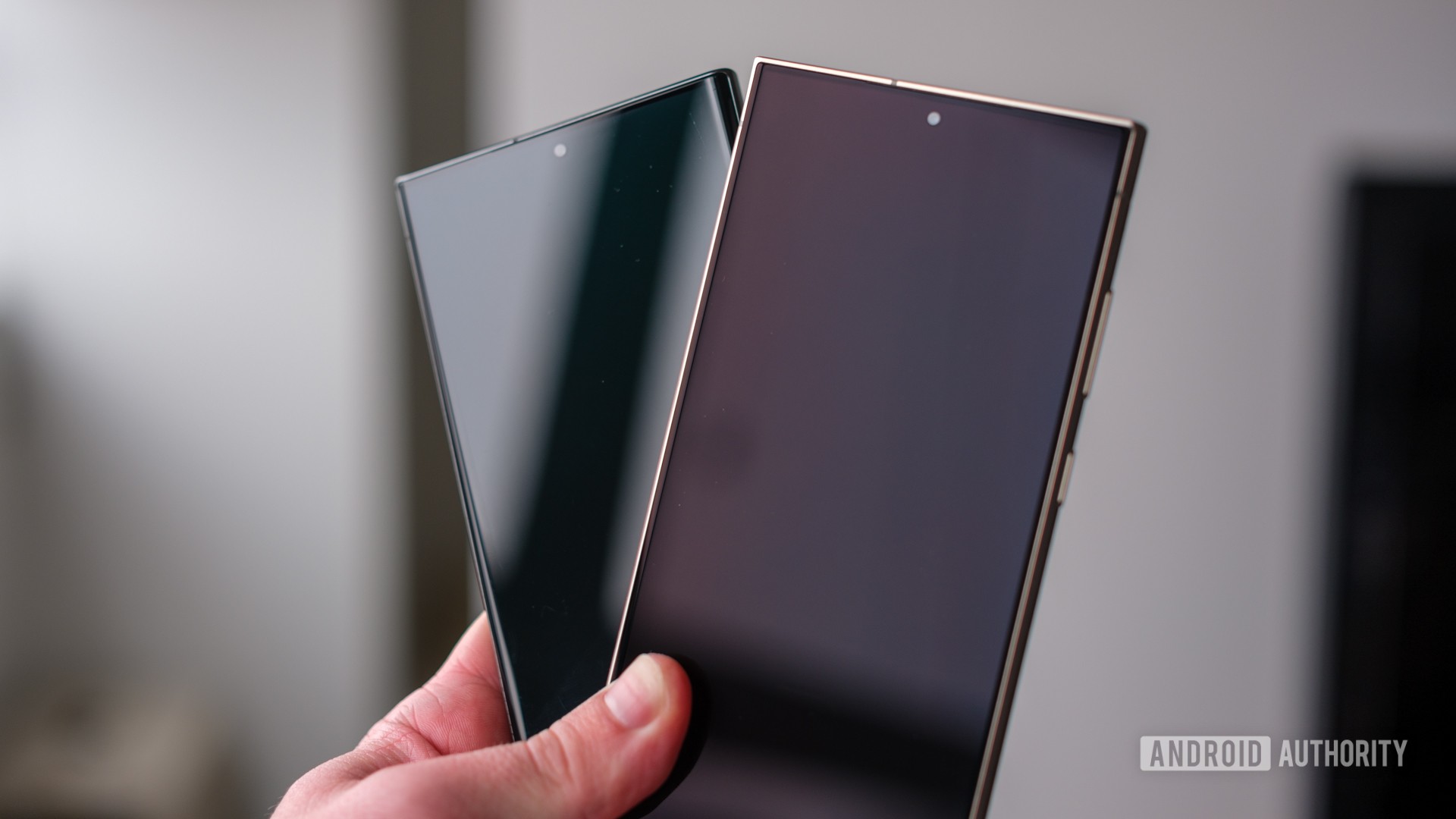
TL;DR
- Samsung has formally announced three new smartphone camera sensors.
- The ISOCELL GNJ could be the Galaxy S25’s main camera if history is anything to go on.
Samsung is one of the leading players in the smartphone camera sensor game, and it’s just announced three new camera sensors. It looks like one of these could potentially be the Galaxy S25 and S25 Plus’s main camera.
Samsung announced the 200MP ISOCELL HP9, the 50MP ISOCELL JN5, and the 50MP ISOCELL GNJ. But it’s the latter sensor that caught our attention.
ISOCELL GNJ: The S25’s main camera?
The GNJ packs a 1/1.57-inch sensor size, roughly on par with the main camera sensor in the S24 and S24 Plus (1/1.56-inch). The new sensor also sports one-micron pixels, much like the sensor used on the S24 and S24 Plus.
Samsung has offered a main camera with this rough sensor size and pixel size since 2022’s Galaxy S22 and S22 Plus. It’s believed that the Galaxy S25 and S25 Plus will retain a 50MP main camera, suggesting no major sensor changes once again. So it stands to reason that the ISOCELL GNJ could be used in these new phones if Samsung wants a new sensor but doesn’t want a size increase.
“The GNJ combines dual pixel technology with an in-sensor zoom function to deliver clearer footage in video mode and higher-resolution images free from artifacts or moiré patterns in photo mode,” Samsung added.
The company is also bringing a few smaller changes. These tweaks include an improved “anti-refractive layer” and better pixel isolation material. These changes are meant to improve light capture, reduce reflections, deliver more accurate shadows/dark areas, and improve color reproduction.
Samsung adds that the ISOCELL GNJ offers efficiency gains too, namely a 29% efficiency boost in preview mode and a 34% gain with 4K/60fps video.
Samsung ISOCELL HP9: Already in a phone

Paul Jones / Android Authority
The Korean brand also announced the ISOCELL HP9, calling it the smartphone industry’s first 200MP telephoto sensor. Sure enough, this sensor powers the vivo X100 Ultra‘s 200MP 3.7x periscope lens.
Samsung says the HP9 has a 1/1.4-inch sensor size and tiny 0.56-micron pixels, in line with the S24 Ultra’s 200MP main camera. The company says this sensor also brings improved color capture, 12% better light capture, and 10% better autofocus contrast performance.
The company also says the ISOCELL HP9 brings low-light improvements thanks to its pixel-binning capabilities, offering 16-in-one binning. That means you can get images comparable to a 12MP 2.24-micron pixel in theory.
As for zoom capabilities, Samsung says the HP9 offers 2x or 4x in-sensor zoom (ostensibly when used as a 1x camera), as well as up to 12x zoom when used as a 3x telephoto camera.
ISOCELL JN5: Coming to a selfie camera near you?
The final camera sensor is the 50MP ISOCELL JN5. It matches the earlier JN1 by offering a 1/2.76-inch sensor size and 0.64-micron pixels.
Samsung’s new sensor brings HDR and autofocus tweaks, namely dual slope gain (DCG) tech for single-frame HDR, and Super Quad Phase Detection autofocus tech. By contrast, the JN1 used double super phase detection. We’ve asked the company for details regarding each autofocus solution.
Samsung says the JN5’s slim size means it can be used as a main camera, ultrawide shooter, telephoto lens, or even a front-facing camera. Sure enough, the older JN1 was used in a variety of phones as a selfie camera or even a main shooter on some budget devices.
The manufacturer adds that the JN5 supports 2x in-sensor zoom when used as a main camera, and up to 6x in-sensor zoom when used on a 3x telephoto camera. Samsung also says the camera sensor supports a low-power always-on mode for capabilities like motion recognition via the selfie camera.
Got a tip? Talk to us! Email our staff at [email protected]. You can stay anonymous or get credit for the info, it's your choice.








 English (US) ·
English (US) ·